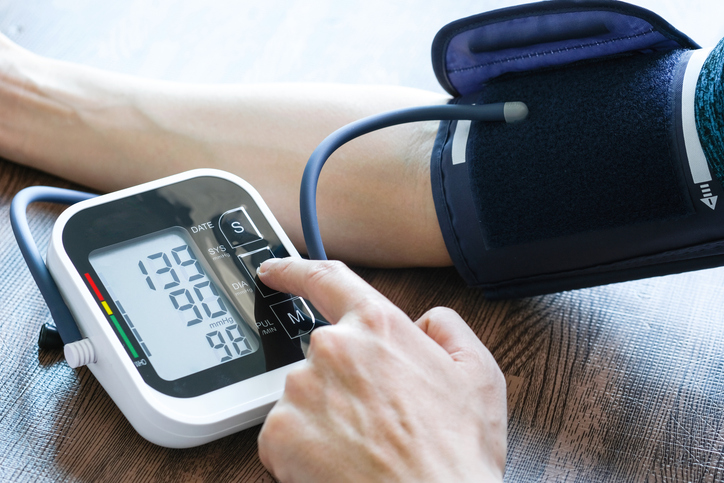
Continuous use of nonsteroidal anti‐inflammatory drugs (NSAIDs) in patients with ankylosing spondylitis (AS) may result in hypertension, a new study suggests.
“Cardiovascular disease (CVD) is the leading cause of death in many parts of the developed world, and the evidence for increased CVD burden and cardiovascular (CV) risk in patients with inflammatory rheumatic diseases is well recognized. Multiple population-based studies have demonstrated increased CV events and CV-related mortality in Ankylosing Spondylitis (AS),” wrote the researchers, adding, “The effect of NSAID use on CV risk factors such as hypertension among individuals with AS remains unclear.” The study’s findings were published in Arthritis Care & Research.
Adult AS patients included in the study underwent evaluation every four to six months. Patients filled out questionnaires pertaining to disease activity (Bath Ankylosing Spondylitis Disease Activity Index [BASDAI]) and functional impairment (Bath Ankylosing Spondylitis Functional Index). Six-month medication history was self-reported; for NSAID and TNF inhibitor (TNFi) users, this included dosage, frequency, and duration, as well as missed doses and whether the patient was still taking the medication. Visits also included an evaluation of C-reactive protein (CRP) and erythrocyte sedimentation rate (ESR) levels. Beginning in 2013, each visit also included assessment of blood pressure and body mass index (BMI).
NSAIDs Increase Hypertension Risk
Final analysis included 628 AS patients (72% were male) without baseline hypertension. All patients had at least one year of follow-up. Mean age at baseline was 39 years. A total of 200 patients reported continuous NSAID use, while 428 reported low-dose or no NSAID use. There were no significant between-group differences regarding demographics, but the continuous NSAID cohort had significantly higher disease activity per the BASDAI (P = 0.03) and ASDAS (P = 0.04), and more continuous NSAID patients had an elevated CRP (P = 0.03). The no- or low-dose NSAID group had a higher use rate of biologics compared to the continuous NSAID group (47% vs. 33%, P < 0.001).
During a median seven years of follow-up, 129 patients received a new hypertension diagnosis. Of the hypertension patients, 40% were on continuous NSAIDs, 47% were on TNFi, and 16% were on both.
“After adjustment for study site, age, sex, race, BMI, TNFi use, and disease activity by ASDAS, continuous NSAID use was associated with an increased risk of incident hypertension, compared with non-continuous or no NSAID use (HR 1.12, 95%CI 1.04-1.20),” the researchers observed. Using this same model, other predictors of hypertension were baseline age (HR 1.07 per year, 95%CI 1.06-1.09) and obese BMI (HR 3.24, 95% CI 1.86-5.63). “The association did not differ in subgroups defined by age (p=0.93), BMI (p=0.60), disease activity (p=0.23), or TNFi use (p=0.89),” the authors added.
The researchers concluded by calling for future studies to “focus on precision medicine and predicting risk and benefit for patients in whom continuous NSAIDs are being considered.”







 © 2025 Mashup Media, LLC, a Formedics Property. All Rights Reserved.
© 2025 Mashup Media, LLC, a Formedics Property. All Rights Reserved.